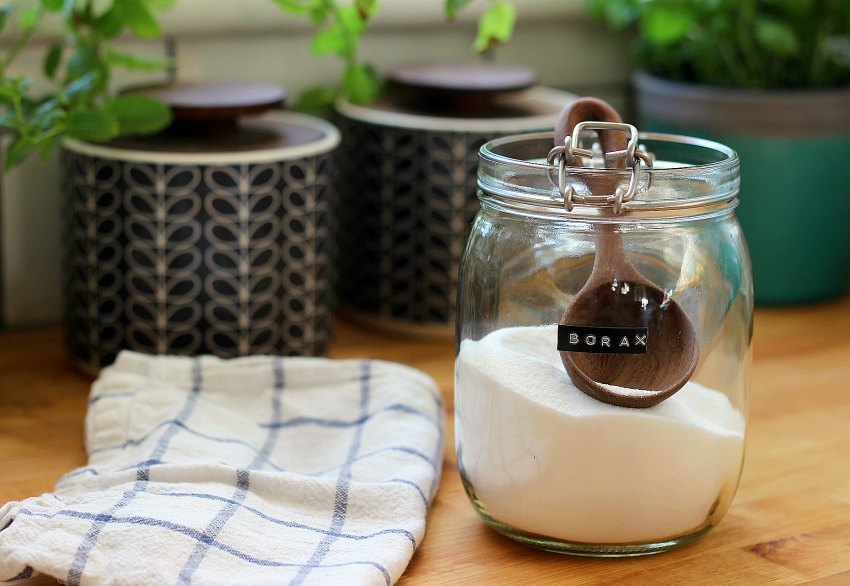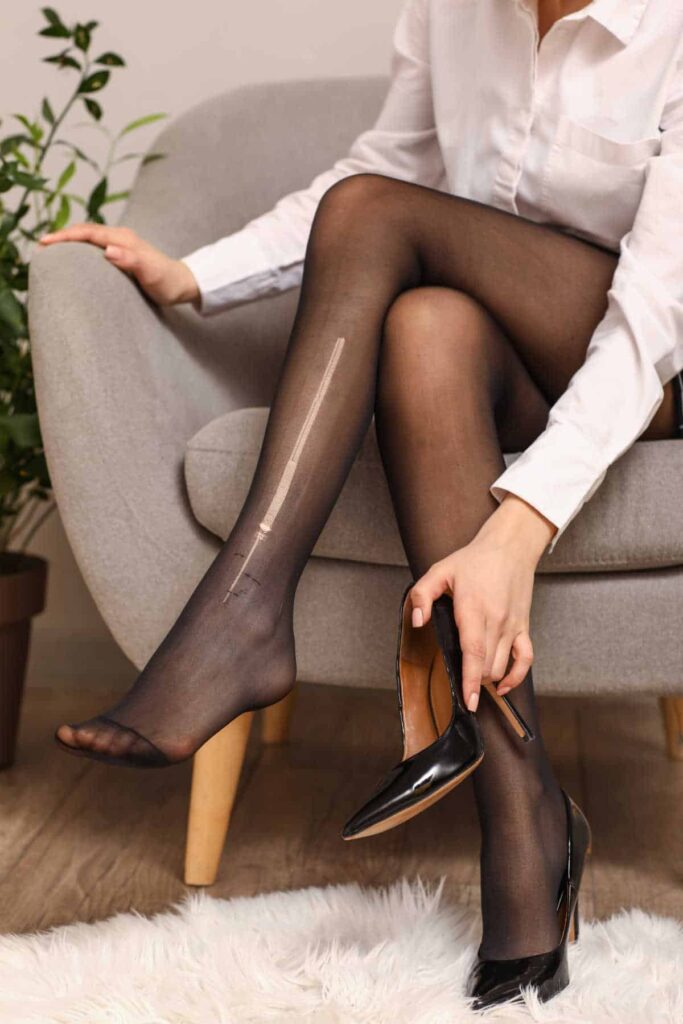How To Reuse & Recycle Pumpkins After Halloween
To support the running costs of Moral Fibres, this post may contain affiliate links. This means Moral Fibres may earn a small commission, at no extra cost to readers, on items purchased through these links.
Don’t let your pumpkin go to waste after Halloween. Here are seven clever ways to reuse and recycle pumpkins after Halloween to help avoid food waste.
Did you know that the most ghoulish thing about Halloween isn’t the spooky ghosts or the creepy Halloween costumes? And it’s definitely not the ghouls or the black cats. It’s actually the food waste associated with this one day in our calendar.
According to research, in the UK alone, more than half of the 24 million pumpkins carved for Halloween in Britain will not be eaten, and over 2 million won’t be recycled.
What’s more, 60% of people who buy pumpkins to carve say they dispose of the inner flesh. Meanwhile, 80% say they don’t consider a pumpkin’s primary purpose as a food item. It’s certainly a frightening picture.
7 Ways To Reuse and Recycle Pumpkins After Halloween

The good news is that there are ways to reduce food waste associated with the spooky season. Here are seven zero-waste ways to recycle and reuse your pumpkin after Halloween has passed:
- Cook It
- Roast The Pumpkin Seeds
- Make Bird Seed
- Plant Pumpkin Seeds
- Make Crisps
- Compost It
- Make A Pumpkin Bird Feeder
1. Cook It
Pumpkin flesh can be used in a variety of different ways to create a variety of tasty treats. The innards can be used to make delicious soups, stews, pies, purees, muffins, bread, cookies, or curries. The only limit is your imagination! Get busy on sites like Pinterest or BBC Good Food, and you’ll find a host of pumpkin recipe inspiration for almost any taste.
However, Halloween can be an incredibly busy time – especially if you have kids. If you’re too time-poor to use up the flesh straight away, then don’t bin it! Pumpkins can be frozen easily. Simply dice the flesh, pre-freeze it on a baking tray, and then transfer it to a tub or freezer bag for use later.
2. Roast Your Pumpkin Seeds

Did you know you can roast pumpkin seeds to make a tasty zero-waste snack? All you need to do is rinse and then dry your seeds, before roasting them in the oven with some oil, paprika and salt for around 12 – 15 minutes.
It’s an incredibly tasty snack using something that would otherwise go to waste.
3. Leave The Seed For The Birds

If you’re not a fan of eating pumpkin seeds, then there’s no need to bin them. Instead, you can recycle them by feeding the pumpkin seeds to the birds. They will appreciate this high-fat treat no end!
When it comes to feeding birds, you don’t need to roast the pumpkin seeds in the oven. Simply allow the seeds to dry out on a plate in a sunny or warm spot and then pop them in a bird feeder in your garden. Alternatively, mix with existing birdseed to bulk it out. Don’t add any salt or seasoning to the seeds, as this can be harmful to birds.
4. Plant The Seeds
If you have a garden, then another option is to save the pumpkin seeds for planting next year. Don’t plant the seeds right away though – pumpkin seeds should be sown in late May to June time.
To save your seeds, rinse the pumpkin seeds in water to remove the pulp. Next, pick out the largest seeds – these are more likely to germinate.
Once you’ve picked out your seeds, space them out on some toilet paper or similar, and leave them to dry in a cool spot for around a week. Once dry, pop them in a labelled envelope and store them in a cool dry place until planting time next year
5. Make Crisps
It’s a little-known fact that the skin of the pumpkin is edible. The best way to use the skin, in my opinion, is to make tasty crisps from it!
Hubbub says to peel your (unpainted) pumpkin, and then pop the skin side down on a baking tray, before cooking for 8 minutes, until dry. Take the tray out and then very lightly coat the peelings with oil, before sprinkling with salt and a pinch of paprika or similar. Then pop the tray back in the oven for 10 minutes or until crispy and lightly browned.
It’s a great way to recycle the skin – proving that no part of a pumpkin needs to go to waste!
6. Compost Your Pumpkin
After Halloween has been and gone, don’t forget to compost the pumpkin in your food waste bin or compost heap. Every last bit of your pumpkin is compostable – from the outer skin to the flesh and seeds.
The only caveat is that you can’t compost your pumpkin if you have painted it. Whilst painted pumpkins can look pretty, many paints are made with plastic or other chemicals you don’t want in compost. This leaves you unable to recycle your pumpkin in a compost bin or heap.
Painted pumpkins should only ever be disposed of in a general waste bin.
7. Make A Pumpkin Bird Feeder

It may feel sustainable to recycle your pumpkin by popping it in your nearest woodland for creatures to munch on. However, this isn’t a good idea. According to the Woodland Trust, pumpkins can make hedgehogs and other woodland animals seriously ill.
This is because if hedgehogs eat too much of the pumpkin’s fibrous flesh, then it can leave them with upset stomachs and diarrhoea. Hedgehogs must gain weight to be able to survive the long hibernation period. At this time, right before hedgehogs retreat into hibernation for the winter, an upset stomach could prove to be fatal.
The Woodland Trust suggest instead that you make a pumpkin bird feeder. The Trust advises that you fill your pumpkin with bird seed, and place it on a bird table. Keep it clean, and pop it in your compost bin when it starts to rot to avoid harming the birds.
Hopefully, now you have a ton of ideas on how to recycle and reuse your pumpkins after Halloween! I think if we’ve learned anything from this, that it’s never paint a pumpkin!
Do also check out my guide on how to have an eco-friendly Halloween, for more spooktacular ideas!
Found this post useful? Please consider buying me a virtual coffee to help support the site’s running costs.




